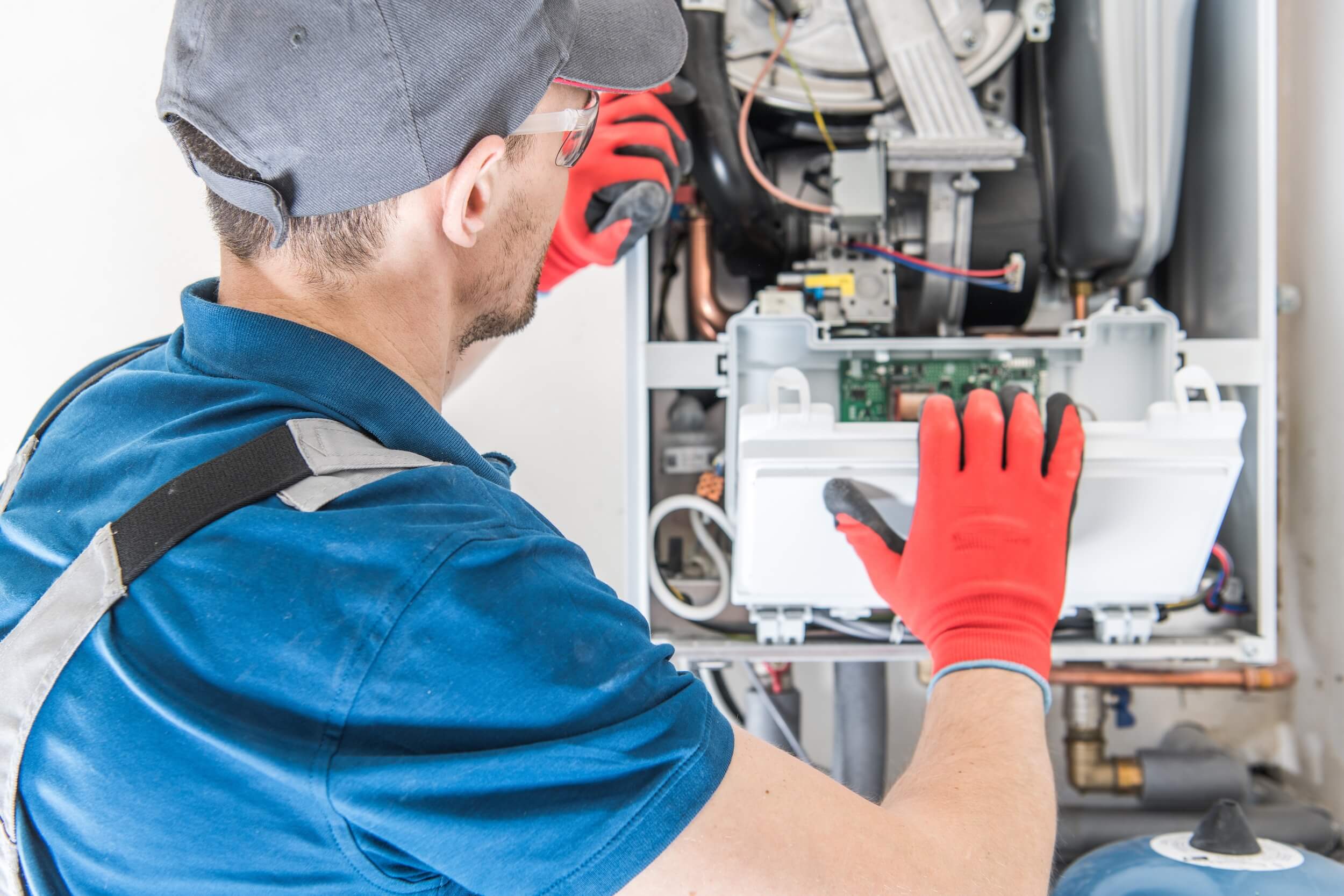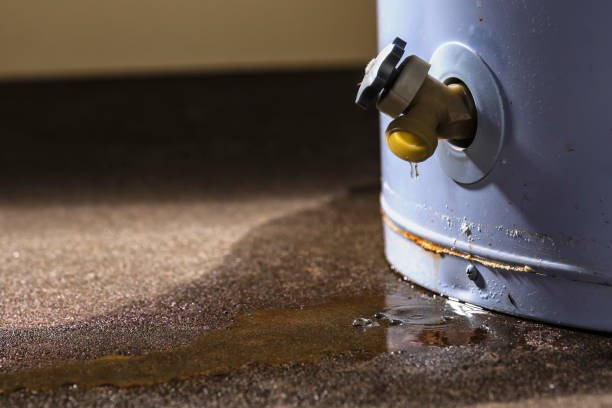No Hot Water-- Hot Water Heater Repair and Troubleshooting
No Hot Water-- Hot Water Heater Repair and Troubleshooting
Blog Article
This great article below about How to Troubleshoot and Repair an Electric Water Heater is fairly attention-grabbing. Have a go and make your own personal conclusions.

Several modern homes use an electrical hot water heater for their heating system, due to its convenience as well as simplicity of use. However, much like any other electric devices, troubles might arise with its usage, suddenly. It can be truly discouraging to awaken to a cool shower as opposed to a hot one or having your bath with water that isn't hot enough or even as well hot. Whatever the situation might be, hot water heater troubles can be fairly aggravating. The good news is, we have actually made a checklist of feasible solutions to your water heater issues. There are a number of factors that could cause many of these problems, it could be an issue with the power supply, the electrical heating element, or the thermostat. Prior to doing anything, guarantee you switch off the major power supply for safety and security. Whatever the trouble is, getting it dealt with must not present way too much of a problem if you comply with these steps:
Call An Expert:
If after replacing all faulty parts and also resetting your temperature level, the hot water heater still isn't functioning, you may need to contact an expert plumber for a specialist point of view. The trouble with your heating unit could be that the hot and cold taps have been switched over or it might be undersized for the amount of hot water needed in your house. Whatever the situation may be, a professional plumber would aid fix the issue.
Check Your Power Supply:
As standard as this might seem, it is very necessary. Without ample power, your hot water heater will not function. So the first thing to do when your water instantly retires is to confirm that it isn't a power trouble. Examine if the fuse is blown out or the circuit breaker stumbled. If the circuit breaker is the issue, merely turn it off and on once more. Replace any busted or worn-out fuse. Test the device with power after these modifications to see if it's now functioning.
Inspect Your Thermostat:
If your water heater still isn't functioning or the water coming out isn't warm enough, you may require to check the temperature level settings on your upper thermostat. Make sure the circuit breaker is turned off before doing anything. Open up the gain access to panel and press the red switch for temperature reset over the thermostat. This ought to help heat up the water. Turn the breaker back on and examine if the problem has actually been fixed.
Check the Burner in the Water Heater:
If it's not a power issue, after that try looking into your heating element if it is still functioning. Evaluate each of your burner to make sure the trouble isn't with any of them. If any one of them is defective, change that part and after that check whether the hot water is back on.
Verdict
Water heater troubles are not always significant. Many of them are because of minor problems like a blown fuse or damaged heating element. Changing the damaged parts must do the trick. Nevertheless, if you are still incapable to resolve the issue, give a call to your local plumber to come to get it taken care of.
REASONS YOUR HOT WATER HEATER IS NOT WORKING & HOW TO FIX
Unlike appliances such as dishwashers and washing machines, the hot water heater in your home is used on a daily basis. This appliance is utilized to provide warm water for daily tasks including washing dishes, showering, laundry, and washing hands. Since your family utilizes the water heater on a daily basis, it is not unusual for problems to form. Fortunately, tank-style hot water heaters are engineered with a minimal number of parts. In fact, you may be able to repair a problem with your hot water heater without calling a professional. If your hot water heater is not working, we’ve compiled a list of ordinary issues and how to fix them.
Loose or Damaged In-Line Valve
Unlike a water leak near the bottom of your water tank, a water leak on top of your system can be easily fixed. A common cause of water tank leaks includes a loose in-line valve. This is a handle that is located at the top of the water tank that is engineered to activate or deactivate the flow of water. To fix this problem, you will need to secure the nut that holds the ball or in-line valve in its location. If the leak becomes more severe once it is tightened, you will be required to travel to your local hardware store to purchase a new in-line valve for your water heater.
Damaged Pressure Relief Valve
Most types of water heaters are equipped with a pressure relief valve that is engineered to discharge pressure from the water tank when it becomes too high. If this valve on top of your water heater begins to leak, we recommend purchasing a new one online or from your local store. The process of removing and replacing pressure relief valves is not complicated.
No Warm Water
If you have an electric water heater in your home, the most typical cause of a lack of warm water is a broken heating element. Your water heater is equipped with two heating elements that are tasked with heating incoming water in the water tank. Once a heating element begins to malfunction, you will have little to no hot water to use for showering, cleaning, and laundry.
On the other hand, there are a variety of problems that may stop the production of warm water in a gas water heater. This issue may be produced by a blown-out pilot light or a malfunctioning gas valve. A lack of hot water in your house may also be caused by a damaged thermocouple. Each of these components is able to be easily replaced by purchasing new components. If your hot water heater is not working, you should either purchase new parts or call a licensed plumber to receive help with a water heater repair.
Low Supply of Hot Water
Are you continuously running out of warm water? This issue may be a byproduct of a cracked dip tube. This tube is engineered to push cold water to the base of your water tank to be heated. Once a crack or hole begins to form in the dip tube, the incoming supply of cold water may be released near the top or middle of your tank. As a result, the cold water on top of the tank will be sent to the faucets and showers in your house. This hot water heater problem can only be fixed by replacing the dip tube on your system. Since the process of installing a new dip tube is complex, we recommend calling a certified technician for help.
A low supply of warm water may also be a signal of excess sediment buildup in your water tank. As your water heater reaches the middle of its life cycle, minerals in water including magnesium and calcium will begin to collect at the base of the water tank. As the minerals continue to grow, there will be less room in the water tank to store hot water. To resolve this problem, flush your water heater to remove the excess minerals.
Water is Too Warm or Cold
If the water in your shower feels uncomfortable hot or cold, you can adjust the temperature of your water by changing the settings on your thermostat. Setting the temperature to 120 degrees Fahrenheit may help you save money on your utility bills. This is an excellent temperature to use if you’re worried about scalding or skin irritation. Does this temperature feel too cold? You may also adjust the thermostat to 140 degrees Fahrenheit to make your showers more pleasant. If your hot water heater is not working when you change the temperature, this is an indicator of a broken thermostat. Immediately find a certified plumbing or heating contractor in your area to repair or replace your thermostat.
Low Water Pressure
Low water pressure is not always caused by a malfunctioning water heater. If you live in an older home with smaller water pipes, the flow of water will be restricted prior to reaching our kitchen or bathroom skins. The only way to eliminate this hot water heater problem is to connect new ¾-inch water lines to your system. Another type of problem that may negatively impact your water pressure includes calcium deposits in water pipes.
As magnesium and calcium begin to form in your pipes, the diameter of your water lines will become smaller. As a result, the warm water from your water heater will not be able to travel in an efficient manner to your sinks or appliances. Since the process of replacing water pipes includes removing drywall, an average homeowner that does not have a plumbing license will not be able to fix this hot water heater problem.

We had been made aware of that report on How to Troubleshoot and Repair an Electric Water Heater from a friend on our other website. Feel free to take the time to promote this blog post if you appreciated it. I love reading our article about How to Troubleshoot and Repair an Electric Water Heater.
Quote
Report this page